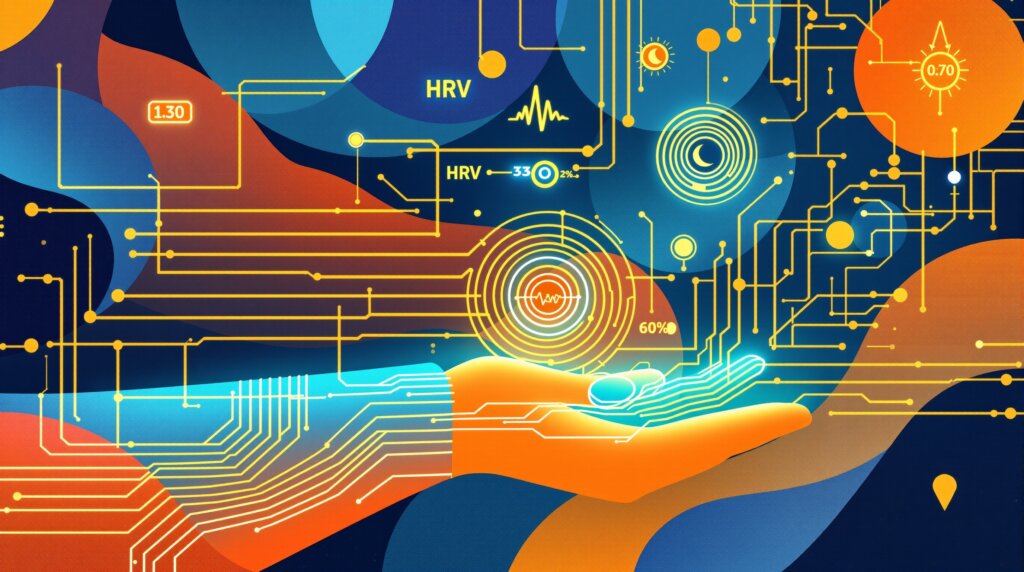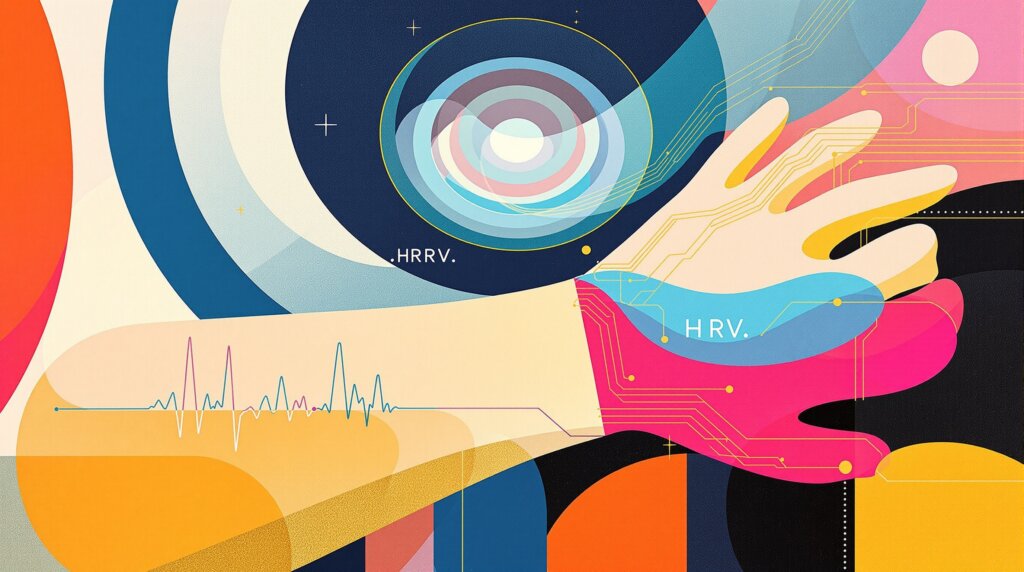The Evolution of Health Monitoring: Wearables vs. Traditional Medicine
Defining Modern Health Monitoring Approaches
Health wearables represent a new frontier in personal health monitoring, offering continuous, real-time tracking of vital signs and physiological markers through sophisticated sensors embedded in rings, bands, and other devices. These advanced tools measure everything from heart rate variability and blood oxygen saturation to sleep patterns and activity levels, providing a constant stream of health data. In contrast, annual checkups have long served as the cornerstone of preventive medicine, offering comprehensive physical examinations, laboratory tests, and professional medical assessments typically conducted once or twice per year.
The fundamental question emerging in modern healthcare is whether continuous monitoring through wearable technology can effectively replace the traditional model of periodic medical visits. This shift represents more than just technological advancement—it’s a potential transformation in how we approach health maintenance and disease prevention. While wearables offer unprecedented access to personal health data, the complexity of this question requires careful examination of both the capabilities and limitations of each approach.

How Wearable Technology Monitors Your Health
Advanced Sensor Technology and Continuous Data Collection
Modern wearables employ an array of sophisticated sensors that work together to create a comprehensive picture of your health status. Photoplethysmography (PPG) sensors use light to measure blood flow and heart rate, while advanced devices may include electrocardiogram (ECG) capabilities for detecting irregular heart rhythms. Additional sensors monitor blood oxygen saturation, skin temperature, and movement patterns, creating a multi-dimensional view of your physiological state.
The key advantage of wearable monitoring lies in its continuous nature. Rather than capturing a single snapshot during a clinical visit, these devices collect thousands of data points daily, revealing patterns and trends that might otherwise go unnoticed. This approach can identify subtle changes in baseline metrics that may indicate emerging health issues long before they become clinically apparent.
However, it’s important to note that accuracy levels can vary significantly between devices. While many wearables achieve 92-99% accuracy for basic vital signs monitoring, this performance isn’t always consistent across all users or conditions. Some devices have received FDA approval for specific medical functions, particularly those related to heart rhythm monitoring, but most consumer wearables remain primarily wellness-focused rather than diagnostic tools.
The integration of artificial intelligence has enhanced the capability of these devices considerably. AI algorithms can now process vast amounts of personal health data to identify anomalies, predict potential health events, and provide personalized recommendations. This real-time analysis often surpasses what’s possible during brief clinical encounters, though it still requires careful interpretation and validation.
The Advantages of Continuous Health Monitoring
Real-Time Insights and Early Detection
The most compelling advantage of wearable health monitoring is its ability to provide continuous, real-time data that creates a rich, detailed picture of your health status. Unlike annual checkups that capture health metrics at a single point in time, wearables track fluctuations and patterns over days, weeks, and months. This longitudinal data can reveal subtle changes in baseline measurements that might indicate emerging health concerns.
For conditions like atrial fibrillation, continuous monitoring has proven particularly valuable. These irregular heart rhythms can be intermittent and may not appear during scheduled medical visits, but wearables can detect them as they occur, potentially enabling earlier intervention. This capability represents a significant advantage over traditional monitoring methods, which might miss such episodes entirely.
The convenience factor cannot be understated. Wearables eliminate the need for frequent medical appointments for routine monitoring, reducing healthcare costs and minimizing disruptions to daily life. This accessibility is particularly beneficial for individuals with busy schedules or those living in areas with limited healthcare access.
Behavioral Change and Personal Empowerment
Perhaps equally important is the role wearables play in motivating behavioral change. The immediate feedback provided by these devices—whether it’s step counts, heart rate alerts, or sleep quality scores—creates powerful feedback loops that can encourage healthier lifestyle choices. Users often report increased motivation to exercise, improved sleep habits, and greater awareness of how daily activities impact their overall health.
For individuals managing chronic conditions, wearables can provide valuable support for self-monitoring and medication adherence. The ability to track how lifestyle factors affect their condition can lead to better self-management and more informed discussions with healthcare providers. Some workplace wellness programs have reported reduced absenteeism and healthcare costs after implementing wearable monitoring programs, though these benefits aren’t universal across all populations.
Understanding the Limitations of Wearable Technology
Accuracy Concerns and Diagnostic Limitations
Despite their sophisticated technology, wearables face significant limitations that prevent them from fully replacing traditional medical care. Many devices prioritize consumer appeal over medical-grade accuracy, which can lead to inconsistent or unreliable readings under certain conditions. Factors like skin tone, body hair, movement, and environmental conditions can all affect sensor performance, sometimes leading to misleading data.
More fundamentally, wearable data cannot replace the comprehensive nature of traditional physical examinations. Laboratory tests, blood pressure measurements, and hands-on assessments by trained healthcare professionals provide crucial information that wearables simply cannot capture. These devices excel at tracking certain metrics continuously, but they’re not designed to detect many serious health conditions that require clinical evaluation.
Research has revealed concerning usage disparities, with populations at higher cardiovascular risk often using wearables less frequently than healthier individuals. This pattern limits the potential population health benefits of wearable technology, as those who might benefit most from continuous monitoring are least likely to use these devices consistently.
Data Challenges and User Barriers
The evidence supporting wearables’ effectiveness in improving outcomes for chronic disease management remains limited. While these devices can provide valuable data, translating that information into meaningful health improvements requires consistent user engagement and proper interpretation—both of which can be challenging.
Technology literacy and self-efficacy play crucial roles in adoption and effective use. Users who aren’t comfortable with technology may struggle to derive meaningful insights from their wearable data, potentially missing important health signals. Additionally, data privacy concerns and interoperability issues between different devices and healthcare systems create barriers to seamless integration into medical care.
The Complementary Approach: Integrating Wearables with Traditional Care
Enhancing Rather Than Replacing Medical Care
The most promising future for wearable technology may lie not in replacing annual checkups, but in serving as a powerful complement to traditional medical care. When wearable data is integrated into physician consultations, it can provide healthcare providers with unprecedented insights into their patients’ daily health patterns and lifestyle factors.
Wearable alerts can serve as an early warning system, prompting users to seek timely medical attention between scheduled visits. This capability is particularly valuable for detecting acute conditions or monitoring the progression of chronic diseases. However, the interpretation of this data still requires medical expertise to distinguish between normal variations and clinically significant changes.
The integration of wearable data into telemedicine and remote patient monitoring frameworks represents an exciting development in healthcare delivery. This approach allows healthcare providers to maintain closer contact with patients while reducing the burden on traditional healthcare systems. Medical-grade sensors, like those found in premium devices such as the blēo ring and blēo band, can provide the accuracy and reliability necessary for clinical integration while maintaining the convenience of continuous monitoring.
The key to success in this complementary model lies in ensuring that wearable data enhances rather than overwhelms clinical decision-making. Healthcare providers need training in interpreting wearable data, and patients need guidance on how to use this information effectively without becoming overly anxious about minor fluctuations in their metrics.
Future Outlook: Towards Integrated Health Monitoring
Technological Advances and Healthcare Evolution
The future of health monitoring likely involves continued advances in sensor technology, artificial intelligence, and telehealth integration that will further bridge the gap between wearable monitoring and traditional medical care. Next-generation sensors promise improved accuracy and the ability to measure additional biomarkers non-invasively, potentially expanding the clinical utility of wearable devices.
Personalized medicine represents another frontier where continuous wearable data could prove invaluable. The ability to track individual responses to treatments, medications, and lifestyle interventions over time could enable more precise, tailored healthcare approaches. This personalization goes beyond what’s possible with periodic clinical visits alone.
However, significant challenges remain for healthcare systems seeking to incorporate wearable data meaningfully. Issues around data standardization, clinical workflow integration, and reimbursement models need resolution before wearables can reach their full potential as medical tools. The development of AI systems capable of processing and interpreting vast amounts of personal health data while maintaining privacy and security will be crucial for this evolution.
Conclusion: The Future of Comprehensive Health Monitoring
Wearable technology has undoubtedly transformed our approach to personal health monitoring, offering unprecedented access to continuous physiological data and empowering individuals to take a more active role in their health management. However, the current state of technology suggests that wearables cannot—and should not—fully replace annual checkups and traditional medical care.
The optimal approach appears to be an integrated model that combines the continuous monitoring capabilities of advanced wearables with the comprehensive assessment provided by traditional medical care. This complementary relationship allows for early detection of potential health issues while ensuring that complex medical conditions receive appropriate professional evaluation and treatment. As sensor technology continues to advance and AI-driven analytics become more sophisticated, this integration will likely become even more seamless and valuable for both patients and healthcare providers in the pursuit of longer, healthier lives.
Frequently Asked Questions
Can wearables replace my annual physical exam?
Can a smartwatch detect heart problems?
Are wearable health metrics accurate enough for doctors to use?
What tests or checks can only be done during an annual checkup?
How should I share wearable data with my doctor to improve preventive care?



